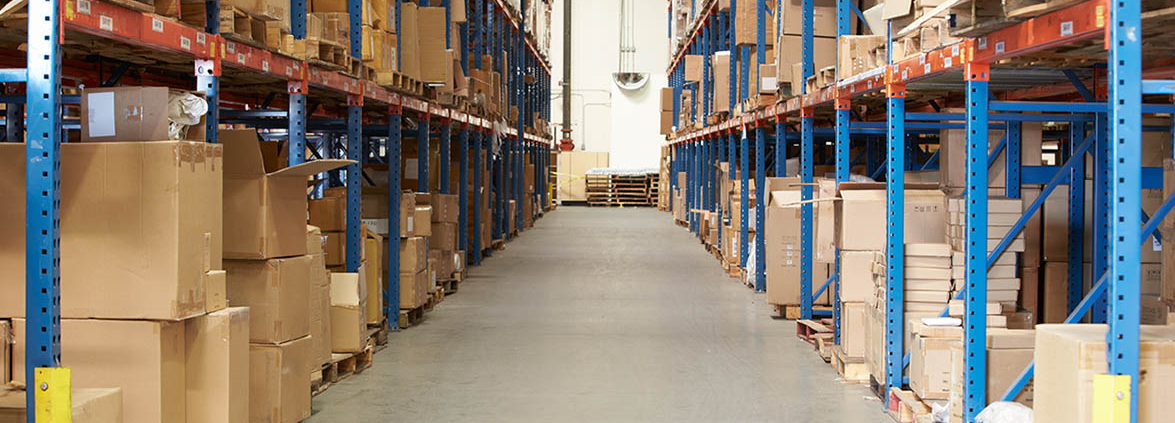Transit warehouses in modern logistics
Transit warehouses play a crucial role in modern logistics. They serve as a stopover for goods and products en route to their final destination. This is particularly important in a globalised economy, where goods often have to travel long distances.
Definition:
Transit warehouses (also known as transshipment warehouses) are transport-oriented warehouses in which goods are temporarily stored while they await onward transport to their final destination.
They are located at railway stations, harbours, marinas, airports and freight terminals. They are characterised by their low warehouse height and depth. For fast logistics processes, they have more doors than central warehouses or distribution centres.
- Advantages: Transit warehouses help to organise the flow of goods efficiently and promote a smooth supply chain.
- Cost savings: They can help to reduce transport costs and shorten delivery times.
- Time management: Delivery times can be better planned and controlled through the targeted utilisation of transshipment warehouses.
Transit warehouse: a strategic advantage for companies
Transhipment warehouses offer companies a wide range of opportunities to improve their logistics processes. They enable a more flexible response to fluctuations in demand and help to reduce storage and delivery costs:
- Adaptability: Medium-sized companies can react quickly to changes in the market with transit warehouses.
- Cost reduction: By utilising transshipment warehouses effectively, medium-sized companies can avoid extensive inventories and the associated costs.
- Efficiency: The warehouses support an efficient and reliable supply chain by minimising waiting times and optimising the transport flow.
Expert tip:
Ensure that your transit warehouse is strategically located to minimise delivery times and optimise the flow of goods.
Transit warehouse: support for global logistics solutions
Transhipment warehouses are a key tool for companies that need to ship goods and products worldwide. They facilitate the transport process and help to improve the supply chain:
- Simple flow of goods: Transit warehouses can minimise the logistical challenges of transporting goods over long distances.
- Global reach: They give companies access to global markets and at the same time improve delivery speed and reliability.
- Variety of transport methods: Whether overland transport, air or sea freight - transshipment warehouses support all types of transport methods
Fully utilise the benefits of transit storage with Dörrenhaus
The advantages of transit camps are undeniable:
- Increased efficiency: By optimising the use of transshipment warehouses, companies can make their supply chains more efficient.
- Cost reduction: They help to reduce time-consuming warehousing and the associated costs.
- Logistical optimisation: With their flexibility and adaptability, transshipment warehouses help companies to optimise their logistics processes.
With a drying house as Storage partner you can optimally utilise the advantages of transit warehouses. Do not hesitate to contact us for customised logistics solutions.
FAQ
What is a transshipment warehouse?
A transshipment warehouse is a place where goods are delivered, stored for a short time and then transported onwards. It serves as an interface between different means of transport.
How does a transit warehouse work?
Goods are stored in a transit warehouse for a short period of time before they are transported on to their final destination. It enables efficient organisation and coordination of the flow of goods.
Who uses transshipment warehouses?
Transhipment warehouses are used by companies in all sectors that need to transport goods. They are particularly important for medium-sized and large companies with complex logistics processes.



